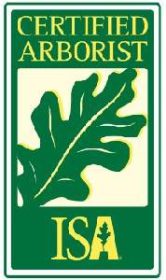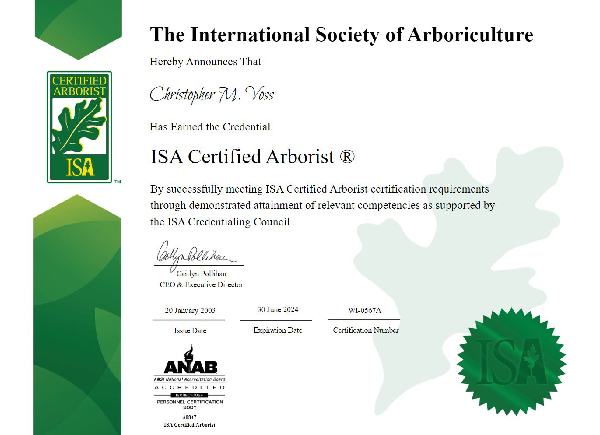
Professional Tree Services
The team was on time, careful, and efficient. Our yard was left in great condition and we were glad to have one company take the tree down, grind the stump and remove wood and mulch! We will be recommending to neighbors.
I believe it was the perfect price and the quality of work was even better I would use them again in a heartbeat!!!
And they’re the only company I will refer to any friends or family just because I’ve been played over before by other contractors but Never A New Leaf Tree Service!
The crew arrived on time and respected the notes Chris had made to not step on the new sod I’d installed recently. They cleaned up after themselves extremely well.
Price was also very reasonable – it was lower than quotes I got from other companies and yet the service was still excellent. The way they itemized the quote and invoice with photos and notes made it easy to understand, and payment was easy to navigate. I would not hesitate to use A New Leaf again or to recommend them to others.
Welcome to A New Leaf Tree Service, your premier tree care provider in Wisconsin! We specialize in expert tree removal and comprehensive tree healthcare services, ensuring your property remains vibrant and safe year-round. At A New Leaf Tree Service, we stand out among other tree services in Wisconsin for several reasons. Firstly, our team comprises highly trained arborists with extensive experience, guaranteeing top-notch service and professional expertise. Secondly, we are committed to using environmentally friendly practices, preserving the natural beauty of your landscape while promoting sustainability.
We take pride in our dedication to customer satisfaction, offering personalized solutions tailored to your specific needs. Whether it’s a hazardous tree removal or ongoing tree healthcare, we handle each project with precision and care. With A New Leaf Tree Service, you can expect reliable, prompt, and efficient tree services that will leave your property flourishing and your mind at ease. Contact us today for a greener and healthier tomorrow!
Tree Services
Tree Removal
over Winter
Tree Trimming
over Winter
Land and Lot Clearing
Storm Damage Cleanup
over Winter
Stump Grinding and Removal
Insect Infested Tree Removal
over Winter
Our Winter Services
Yes, we operate throughout the winter season! Winter offers an ideal window for professional tree trimming and removal. Although it might appear unorthodox to address tree maintenance during the colder months, winter provides unique benefits for these services, including lowered risk, improved visibility, and chances for preventative maintenance and pest control.
Get in touch with us today for a FREE QUOTE or to discover more about our winter services!
Tree Health Care Services
Tree Disease Treatment and Prevention
Tree Cabling
Tree Maintenance
over Winter
Preventative Care
over Winter
Our Service Area
Servicing Milwaukee & Waukesha Counties, as well as the southern half of Washington & Ozaukee Counties. For a full list of serviced areas, see our Service Area page.
Get in touch with us today for a FREE QUOTE or if you have any questions about availability!
Payment Methods
A New Leaf Tree Service accepts the following options as possible payment for our tree services. We currently accept VISA, MASTERCARD, check, or cash.
We require no down payment, but payment (unless otherwise noted) must be paid in full upon completion of the work. Of course, prompt payment is always appreciated.

CHRIS VOSS
As the owner of this award-winning tree service company, Chris Voss has a wealth of knowledge and extensive experience in the tree service industry dating back to 1999. Chris is an ISA Certified Arborist, ISA #WI-0567A, which certifies he has a professional level of knowledge and skill in the field of arboriculture and other tree services.
Chris is also licensed and certified for the application of pesticides including fungicides and insecticides by the State of Wisconsin Department of Agriculture, Trade and Consumer Protection.

